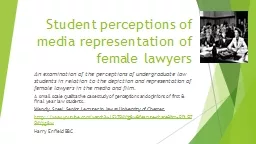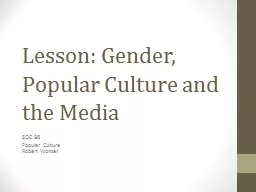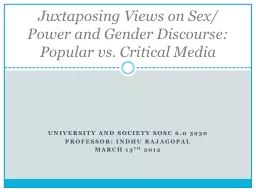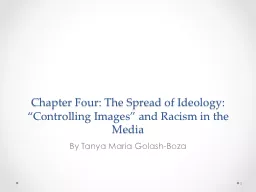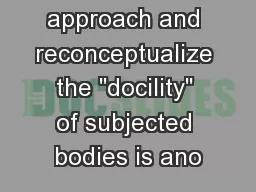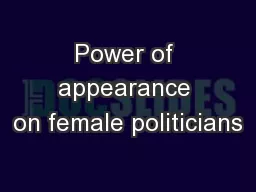PPT-Portrayals of Female Docility in Popular vs. Critical Media
Author : debby-jeon | Published Date : 2016-03-26
A Correlation to Female Docility in Higher Education Presentation Outline Overview of Thesis Summary of Part 1 Variables and Authors Framework Main findings Part
Presentation Embed Code
Download Presentation
Download Presentation The PPT/PDF document "Portrayals of Female Docility in Popular..." is the property of its rightful owner. Permission is granted to download and print the materials on this website for personal, non-commercial use only, and to display it on your personal computer provided you do not modify the materials and that you retain all copyright notices contained in the materials. By downloading content from our website, you accept the terms of this agreement.
Portrayals of Female Docility in Popular vs. Critical Media: Transcript
Download Rules Of Document
"Portrayals of Female Docility in Popular vs. Critical Media"The content belongs to its owner. You may download and print it for personal use, without modification, and keep all copyright notices. By downloading, you agree to these terms.
Related Documents



